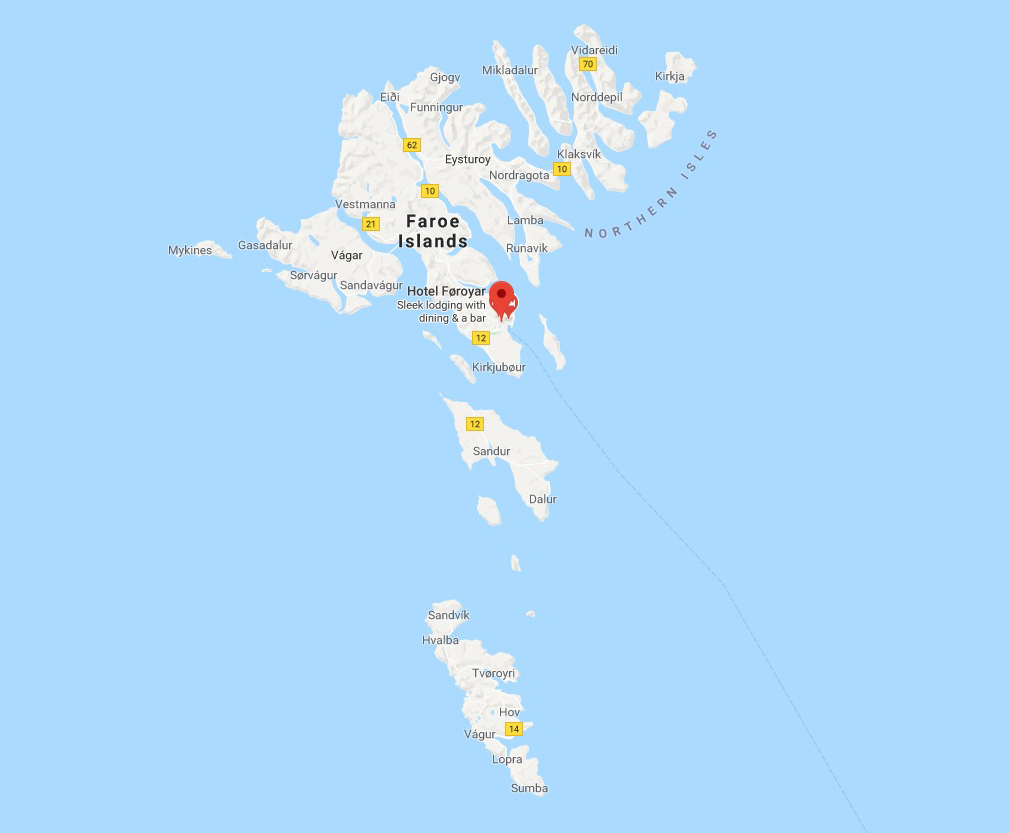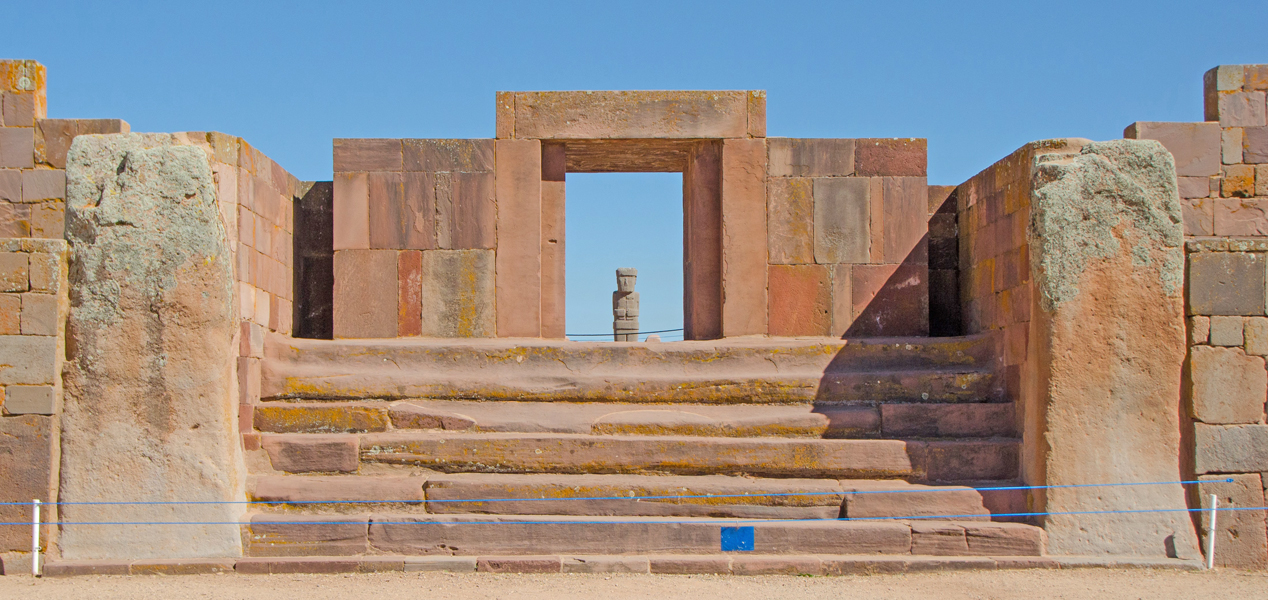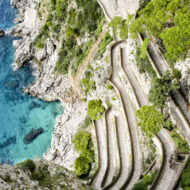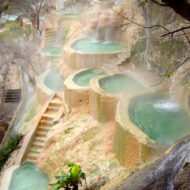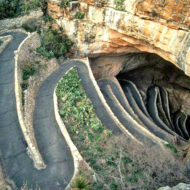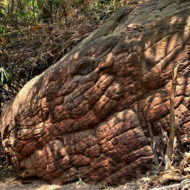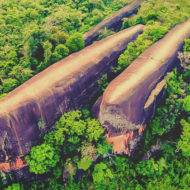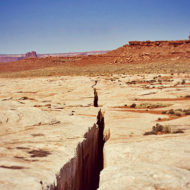Tiwanaku is an important ruin site of pre-Inca cultures near the town of Tiawanacu in western Bolivia.
It is believed that in pre-colonial Bolivia already in the II-IX centuries. Tiwanaku was the largest city in the Central Andes region and the center of the state of Pukina. At that time, the city occupied about 6 km² and had 40 thousand inhabitants. Around 1180, the city was abandoned by the inhabitants after the defeat of Pukin by the Stake (Aymara) tribes.
After the extinction of Pukin’s statehood, Tiwanaku, its important center, continued to play an important role in the mythology of the Incas. They considered Tiwanaku to be the birthplace of their first legendary Inca sapa ruler Manco Capac and his sister and wife Mama Okllo. This testifies in favor of the hypothesis of the origin of the historical Incas from the Tiwanaku region.
Tiwanaku occupies a large place in the legends and beliefs of the modern Aymara people.Tiwanaku is to Bolivia what the Incas are to Peru. Today, the Aymara (Bolivia’s second largest indigenous group) have embraced his legacy as a symbol of their identity.
Tihuanaco has been a UNESCO World Heritage Site since 2000.
Access : Coordinates:-16.554722, -68.673333 /
Highlights :
- The Patio Hundido “sunken courtyard” : Is an almost square complex with a side length of around 28 m it is located approximately to the east of the complex and is surrounded by walls around 2 m high and decorated with stone heads. Here in 1932 the 7.20 m high and almost 20 t heavy Bennett monolith was excavated, which is now in the local museum.
- The “Ponce Monolith” : The “Ponce Monolith” is around 3.50 m high including the base. The figure shown is of high rank, which u. a. recognizable by his braids of hair and arm tattoos. He holds two (ceremonial) objects in his hands, which are hugged close to his body. Its ornamented hip belt encloses the upper end of an ornamented wrap-around pants.
- Outside the east wall of the platform is the Putuni (“Palace of the Sarcophagi”).
- Bennett’s Monolith : The giant monolith 7.2 meters high and weighing 20 tons was discovered by archaeologist Wendell Benett in 1932 during excavations at the Semi-Subterranean Temple.
- The Akapana pyramid : The north side of the platform rises the Akapana pyramid, which was once piled up by people and is now only about 15 m high, with its wall edging made of megaliths and filler stones.
- The Puerta de la Luna – “Moon Gate” is monolithic, and is located about 200 m northwest of the Kalasasaya platform.
- The double gate : The two parts of the platform are surrounded by two rectangular walls, a maximum of about 3 m high, the outer walls of which consist of erected megaliths with intervening, partially restored fillings of precisely hewn stones the megaliths are missing from the inner wall.
- “Sun Gate” : The Gate of the Sun is one of the most important symbols of modern Bolivia and the most mysterious site of the archaeological complexrises within the northwest side of the larger platform.This 44-ton Gate used to stand on the Kalasasaya pyramid platform, where it served as a calendar. On different days, a ray of the sun fell on one of the drawings depicted on the stone.
- Puma Punku – Puma Gate : The ceremonial terraces of Puma Punku were built from the largest megaliths found at Tiwanaku. Some of them weigh more than 130 tons!
- Kalasasaya temple : The open rectangular temple is believed to have been used for astronomical observations, The walls are built of huge blocks of red sandstone and andesite-many weigh over 40 tons.
Go next : The small town center of Tiwanaku is located about 10min on foot from the archaeological site. / Visit Lake Titicaca and the Pariti Island.


